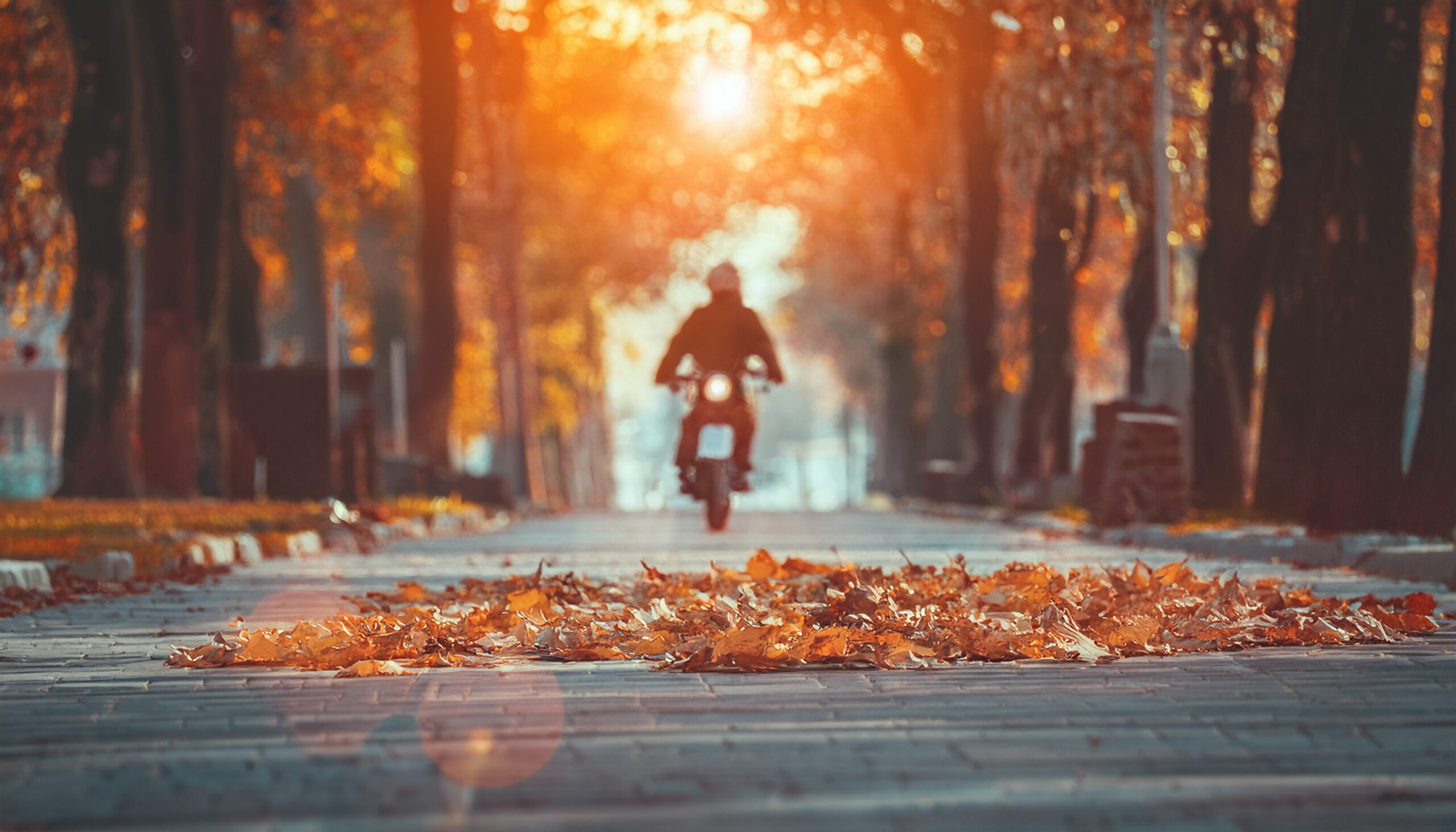The Met Office has called it ‘early autumn’, when after a period of sustained hot weather, distressed leaves fall from the trees prematurely.
Leaf falls are an annual occurrence, but this year the roads seemed more inundated than ever with brown, sticky leaves - and that creates a real problem for motorcyclists.
Anyone on a powered bike during this season needs to know how to handle the danger they bring, as well as a few others that come with the colder months.
When the leaves fall on the road, they quickly become slippery with rain and dew, and as they break down. They become slicker and pack down, sticking together to create a raft of decaying leaves sitting on the tarmac.
For motorcyclists, hitting this mass of leaves is much the same as riding over a sheet of ice. The difference is we are usually prepared for the ice as we recognise the danger it poses: by contrast, leaf falls look innocuous, and we will often ride over them without a second thought. But as soon as our wheels hit the leaves they start to lose traction, and can quickly go into a slide or skid if we brake.
There is also the chance that the leaves will cover a pothole or another defect in the road that can cause problems.
The best advice is always to steer around fallen leaves if we can. If we can’t, then take it slow. Brake before the leaves – not on them, as that can cause the bike to skid – and coast over the patch, leaving the throttle alone until you have safely cleared the leaf patch.
You also have to start being vigilant about watching for frost or black ice on the road. This is more common in the early morning hours so if we have an early ride to college or work, that’s when we need to take particular care. Even if the weather forecast for the day seems fine, overnight temperatures can plunge the road surface to negative figures quite easily, and it can take a few hours of sun to get them back above freezing.
As ever, watch your speed, never manoeuvre dramatically when crossing ice, and avoid it if you can.
A word on black ice…
How do you spot ‘black’ ice? Look for a glossy or reflective sheen on the road surface, or a darker, duller appearance than the surrounding pavement, especially in cold, freezing conditions. Black ice is transparent, so you might not see it at all, making it crucial to be cautious on shaded areas, bridges, and overpasses where it's most likely to form.

